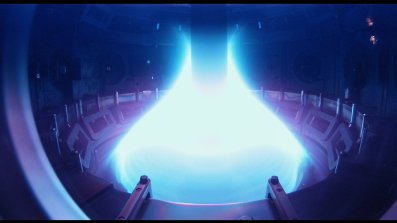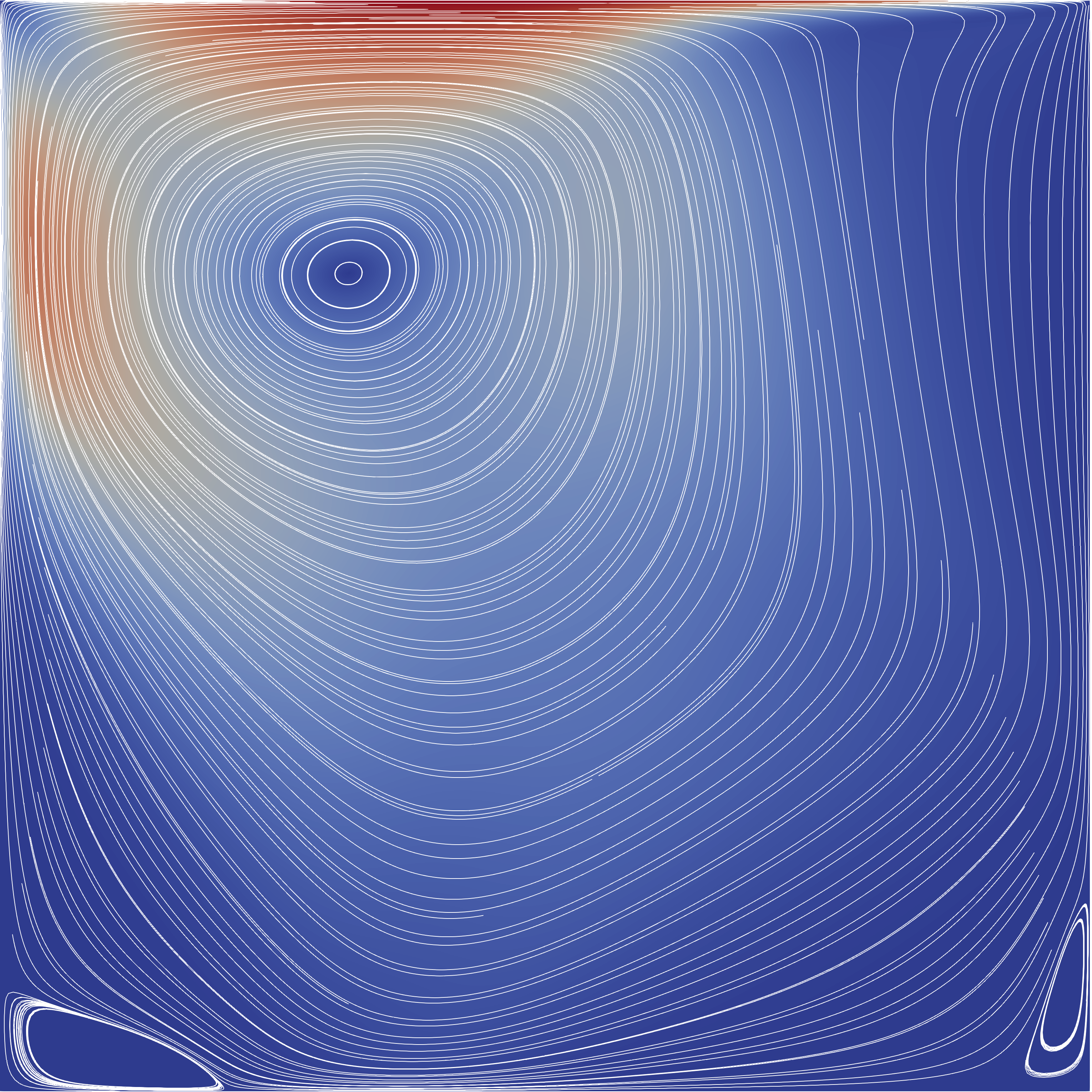Mathematical Formulation of Coarse Predictors for Time Parallelisation Algorithms to be used in Fusion Plasma Physics
 Researcher: Federico Danieli
Researcher: Federico Danieli- Academic Supervisor: Andrew Wathen
- Industrial Supervisor: Debasmita Samaddar
Background
The Culham Centre for Fusion Energy is the UK’s national laboratory for fusion research. As such, it is playing a major role in understanding how to harness nuclear fusion to access a clean, reliable and virtually limitless source of energy. Efficient plasma confinement represents one of the major steps required towards this. Given the complexity of the physics involved, and subsequently of the equations required to describe revolving plasma, numerical simulations are necessary in order to gain an understanding of what is happening inside a fusion reactor, and parallel computing is paramount to recover solutions to these simulations in a reasonable amount of time.

Figure 1: Interior of the MAST fusion reactor at CCFE. Given the extreme conditions required for nuclear fusion to occur, this is one of the hottest places in the Solar system.
Time-parallelisation techniques represent an appealing alternative for speeding up computations when increasing space-parallelisation is no longer beneficial in reducing total computational time. While being relatively new, they are receiving increasingly more attention due to their potential for fully exploiting the computational power made available by exascale computing. Designing efficient time-parallel algorithms would prove helpful not only to fusion research, but also to a variety of engineering applications where there is interest in speeding up the recovery of numerical solutions to time-evolving problems.
Outcomes
This project revolved around the development and study of the convergence properties of various parallel-in-time algorithms. The aim was to gain a better understanding of the factors that impact the efficiency of time-parallel methods, as well as to propose possible extensions and improvements that can boost their performance, in particular when applied to plasma physics simulations.
In particular, we investigated the applicability of MGRIT (a state-of-the-art algorithm for time-parallelisation) to the solution of non-linear hyperbolic equations, a type of problems which is known to be particularly challenging for parallel-in-time algorithms [1]. We also studied the effectiveness of a time-parallelisation technique based on the use of circulant preconditioning [2], as well as a novel preconditioning approach which directly tackles the monolithic discrete space-time system to achieve parallelisation in time.

Figure 2: Velocity magnitude and streamlines of a test-case numerical solution to the Oseen equation. The computation of the result was accelerated using time parallelisation.
Publications
[1] All-at-once solution of linear wave equations. F. Danieli, A. J. Wathen. Numerical Linear Algebra with Applications (2020)
[2] Multigrid Reduction in Time for non-linear hyperbolic equations. F. Danieli, S. MacLachlan. Computing and Visualization in Science (2019)

